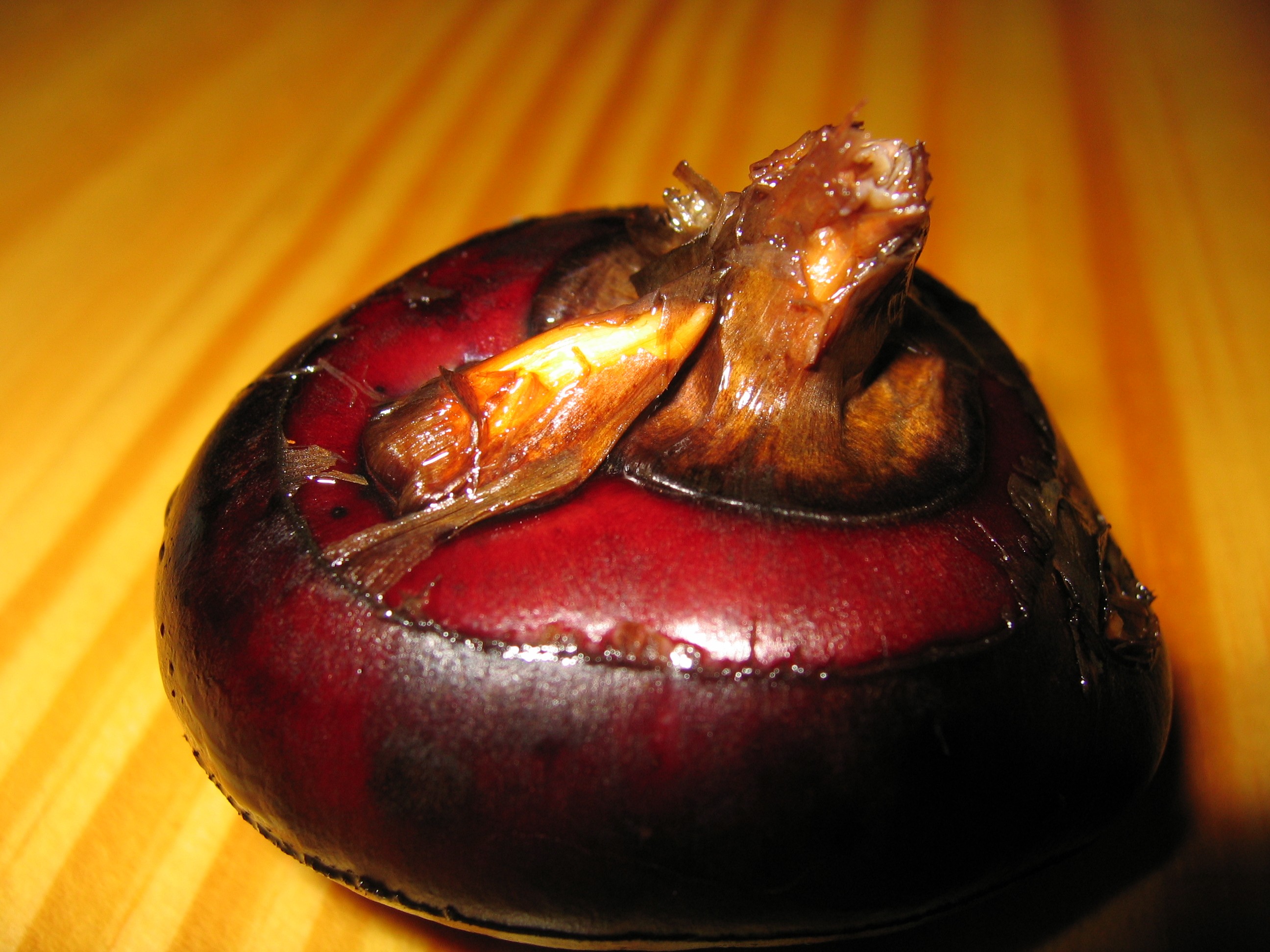|
Water Chestnut
{{Plant common name ...
Water chestnut may refer to either of two plants (both sometimes used in Chinese cuisine): * The Chinese water chestnut (''Eleocharis dulcis''), eaten for its crisp corm * The water caltrop (''Trapa natans''), eaten for its starchy seed See also * Chinese chestnut * Chestnut (other) The Chestnuts are deciduous tree and shrub species in the genus ''Castanea''. The name also refers to the edible nut these trees produce. Chestnut may also refer to: Flora and fauna Botany * American chestnut, one of the most important forest tr ... [...More Info...] [...Related Items...] OR: [Wikipedia] [Google] [Baidu] |
Chinese Cuisine
Chinese cuisine encompasses the numerous cuisines originating from China, as well as overseas cuisines created by the Chinese diaspora. Because of the Chinese diaspora and historical power of the country, Chinese cuisine has influenced many other cuisines in Asia and beyond, with modifications made to cater to local palates. Chinese food staples such as rice, soy sauce, noodles, tea, chili oil, and tofu, and utensils such as chopsticks and the wok, can now be found worldwide. The preferences for seasoning and cooking techniques of Chinese provinces depend on differences in historical background and ethnic groups. Geographic features including mountains, rivers, forests, and deserts also have a strong effect on the local available ingredients, considering that the climate of China varies from tropical in the south to subarctic in the northeast. Imperial royal and noble preference also plays a role in the change of Chinese cuisine. Because of imperial expansion and t ... [...More Info...] [...Related Items...] OR: [Wikipedia] [Google] [Baidu] |
Eleocharis Dulcis
''Eleocharis dulcis'', the Chinese water chestnut or water chestnut, is a grass-like sedge native to Asia, tropical Africa, and Oceania. It is grown in many countries for its edible corms. The water chestnut is not a nut, but an aquatic vegetable that grows in marshes, under water, in the mud. It has stem-like, tubular green leaves that grow to about . The water caltrop, which also is referred to by the same name, is unrelated and often confused with the water chestnut. The small, rounded corms have a crisp, white flesh and may be eaten raw, slightly boiled, or grilled, and often are pickled or tinned. They are a popular ingredient in Chinese dishes. In China, they are most often eaten raw, sometimes sweetened. They also may be ground into a flour form used for making water chestnut cake, which is common as part of ''dim sum'' cuisine. They are unusual among vegetables for remaining crisp even after being cooked or canned, because their cell walls are cross-linked and stre ... [...More Info...] [...Related Items...] OR: [Wikipedia] [Google] [Baidu] |
Corm
A corm, bulbo-tuber, or bulbotuber is a short, vertical, swollen underground plant stem that serves as a storage organ that some plants use to survive winter or other adverse conditions such as summer drought and heat ( perennation). The word ''cormous'' usually means plants that grow from corms, parallel to the terms ''tuberous'' and ''bulbous'' to describe plants growing from tubers and bulbs. Structure A corm consists of one or more internodes with at least one growing point, generally with protective leaves modified into skins or tunics. The tunic of a corm forms from dead petiole sheaths—remnants of leaves produced in previous years. They act as a covering, protecting the corm from insects, digging animals, flooding, and water loss. The tunics of some species are thin, dry, and papery, at least in young plants, however, in some families, such as ''Iridaceae'', the tunic of a mature corm can be formidable protection. For example, some of the larger species of '' ... [...More Info...] [...Related Items...] OR: [Wikipedia] [Google] [Baidu] |
Water Caltrop
The water caltrop is any of three extant species of the genus ''Trapa'': ''Trapa natans'', ''Trapa bicornis'' and the endangered ''Trapa rossica''. It is also known as buffalo nut, bat nut, devil pod, ling gok ( Chinese: 菱角), ling nut, lin kok, ling jow, ling kio nut, mustache nut, singhara or water chestnut. The species are floating annual aquatic plants, growing in slow-moving freshwater up to deep, native to warm temperate parts of Eurasia and Africa. They bear ornately shaped fruits, which in the case of ''T. bicornis'' resemble the head of a bull or the silhouette of a flying bat. Each fruit contains a single very large, starchy seed. ''T. natans'' and ''T. bicornis'' have been cultivated in China and the Indian subcontinent for the edible seeds for at least 3,000 years. Description The water caltrop's submerged stem reaches in length, anchored into the mud by very fine roots. It has two types of leaves: finely divided, feather-like submerged l ... [...More Info...] [...Related Items...] OR: [Wikipedia] [Google] [Baidu] |


